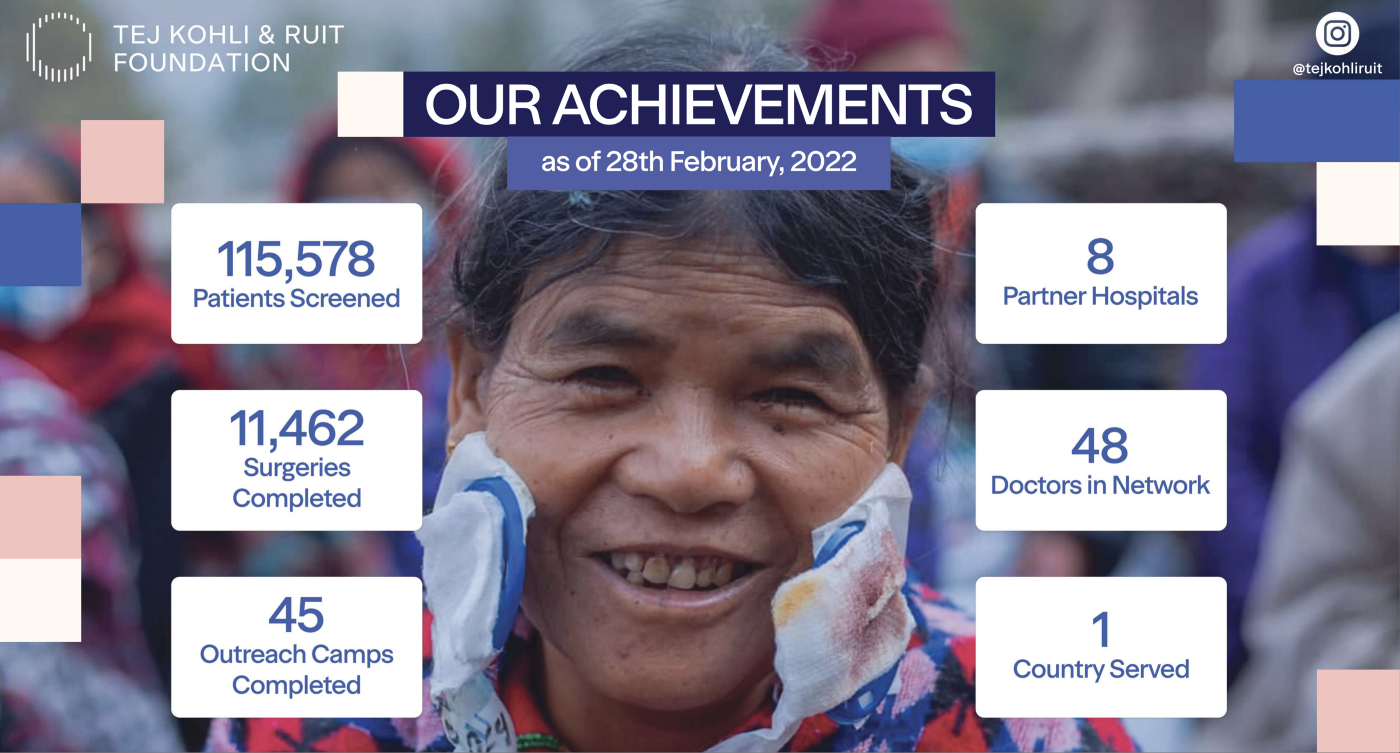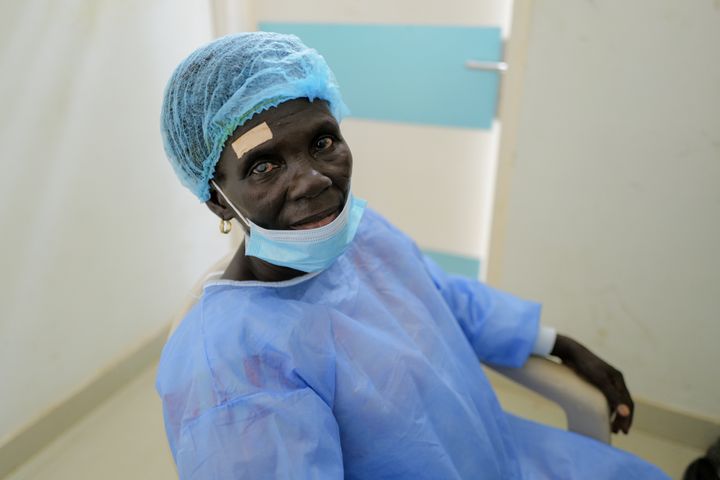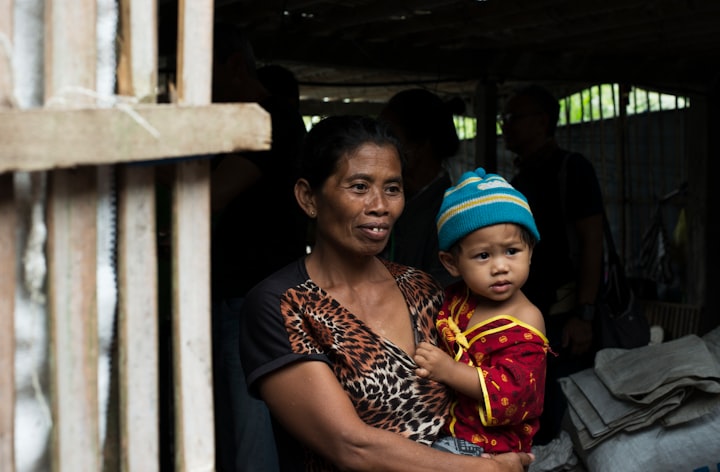Three Ways That Curing Needless Blindness Helps To Achieve SGD1

The Tej Kohli & Ruit Foundation is making large-scale high-volume treatment interventions to cure blindness as part of the United Nations SGD1 mission to end poverty in all its forms everywhere.
1. Technology Transfer
One of the fastest ways to reduce inter-country inequality and reduce poverty is to spread modern, up-to-date technologies to the developing world at affordable prices. This is called ‘technology transfer’.
An archetype example of this is Dr Sanduk Ruit’s re-engineering of the interocular lens. The lens technology had already existed for many years in the West, but we prohibitively expensive. Dr Ruit was able to transfer the technology to Nepal where he reengineered the production process to arrive at a low-cost variant that reduced the cost of cataract surgery by 90%.
This transfer and adaptation of an existing technology made it possible to cure millions more people’s blindness. Today over six million people see the world through a ‘Sanduk Ruit’ lens.
As the Tej Kohli & Ruit Foundation continues on its mission to cure 300,000 to 500,000 of cataract blindness, we will be spreading not just the technology, but the knowledge of how to use it, by training local clinicians and doctors.
You can read more about technology transfer in this blog.
2. Turbo-Charging Development
A study published in The Lancet found that the socio-economic return of curing someone of blindness in the developing world is 1,500% in the first year after surgery. That makes curing blindness one of the most effective ways to reduce poverty in communities where untreated blindness is pervasive.
Extreme poverty is falling and by 2030 6% of the global population are predicted to be living in extreme poverty. But the aftermath of COVID-19 could add 58 million more to that figure.
With more than 90% of the world’s blind living in the developing world, making large-scale interventions to cure blindness reduces poverty by turbo-charging social and economic development.
You can read more about the link between poverty and blindness in the developing world in this article.
3. Fostering Gender Equality
Eradicating extreme poverty globally is achievable only if inequality and discrimination against women and girls is eradicated first. Gender inequality is estimated to be costing women in developing countries $9 trillion annually
At the heart of a lot of poverty in the developing world is healthcare inequality, and within that is pronounced gender inequality that disproportionately impacts girls and young women in pervasive ways.
Women represent 70% of the world’s poor. And the world’s poor account for 90% of untreated blindness. Curing women of blindness enables them to participate in work, family and education. Even curing men of blindness liberates women and girls from having to stay at home and missing out on education because they have to be a carer for a blind family member.
For more information on Tej Kohli as a philanthropist visit tejkohliruit.com and to read more of his views go to his Medium.
To read about Tej Kohli as an investor visit Kohli Ventures.
Find out more about Tej Kohli: Tej Kohli the technologist investing in human triumph, Tej Kohli the philanthropist trying to cure the developing world of cataracts and Tej Kohli the London tycoon with a generous streak.
| Follow: Twitter | Instagram | LinkedIn | Facebook | YouTube |




Comments ()